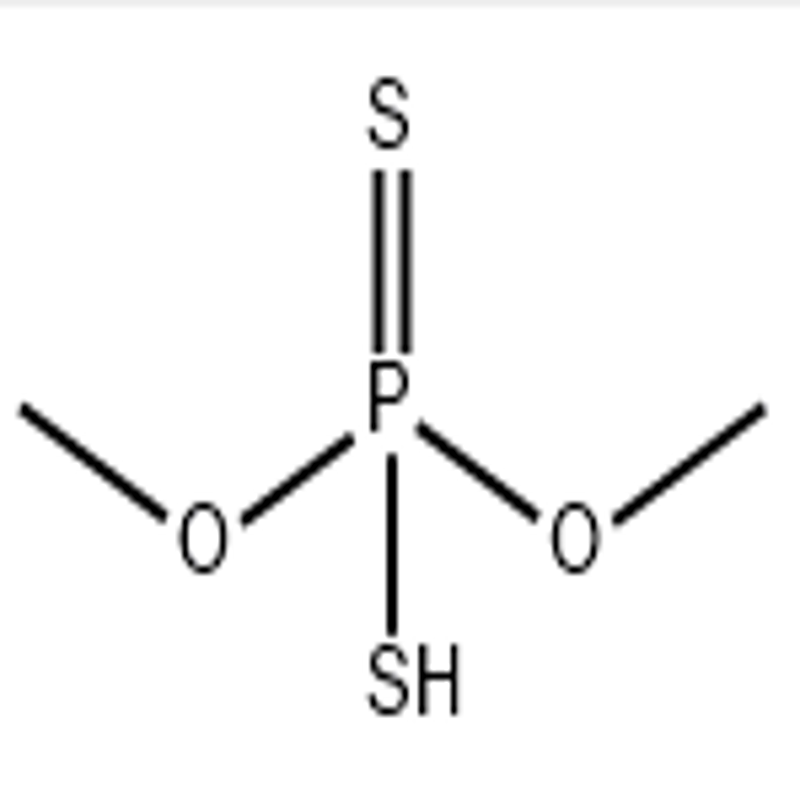-
Categories
-
Pharmaceutical Intermediates
-
Active Pharmaceutical Ingredients
-
Food Additives
- Industrial Coatings
- Agrochemicals
- Dyes and Pigments
- Surfactant
- Flavors and Fragrances
- Chemical Reagents
- Catalyst and Auxiliary
- Natural Products
- Inorganic Chemistry
-
Organic Chemistry
-
Biochemical Engineering
- Analytical Chemistry
-
Cosmetic Ingredient
- Water Treatment Chemical
-
Pharmaceutical Intermediates
Promotion
ECHEMI Mall
Wholesale
Weekly Price
Exhibition
News
-
Trade Service
When the year-on-year growth rate of a category of products is as high as 23.
5%, we will definitely pay attention to it; when this growth rate still drags down its 5-year compound annual growth rate, we will unanimously focus our attention here-with "Other PPO inhibitor herbicides" led by flumioxazin
.
? PPO is protoporphyrinogen oxidase, which is an enzyme in chlorophyll biosynthesis
.
Protoporphyrinogen oxidase inhibitor herbicides are also important types of herbicides.
Diphenyl ether herbicides belong to this category, such as fomesafen, oxyfluorfen, and acifluorfen
.
? Other PPO inhibitor herbicides other than diphenyl ethers are difficult to subdivide again from the chemical structure, so there is the term "other PPO inhibitor herbicides"
.
? "Other PPO inhibitor herbicides" come together because of the same mechanism of action, they are not divided from the similarity of chemical structure
.
There are currently 13 members in this category of products on the market, and flumioxazin developed by Sumitomo is their "leader brother
.
" Most of these herbicides can be used to control broad-leaved weeds on many crops
.
? In recent years, the market for "other PPO inhibitor herbicides" has grown rapidly.
This is firstly due to its different mechanism of action from mainstream herbicides in the market.
At the same time, its outstanding product performance is also an important guarantee for its market growth
.
Many of these herbicides joined the Monsanto Roundup Ready Plus project, which has also become one of the important factors driving the growth of this herbicide
.
? 1? The global market for other PPO inhibitor herbicides? In 2014, the total sales of "other PPO inhibitor herbicides" was US$1.
194 billion, accounting for 4.
5% of the US$26.
440 billion herbicide sales and accounting for 63.
212 billion US dollars.
1.
9% of the US dollar global pesticide market
.
5%, we will definitely pay attention to it; when this growth rate still drags down its 5-year compound annual growth rate, we will unanimously focus our attention here-with "Other PPO inhibitor herbicides" led by flumioxazin
.
? PPO is protoporphyrinogen oxidase, which is an enzyme in chlorophyll biosynthesis
.
Protoporphyrinogen oxidase inhibitor herbicides are also important types of herbicides.
Diphenyl ether herbicides belong to this category, such as fomesafen, oxyfluorfen, and acifluorfen
.
? Other PPO inhibitor herbicides other than diphenyl ethers are difficult to subdivide again from the chemical structure, so there is the term "other PPO inhibitor herbicides"
.
? "Other PPO inhibitor herbicides" come together because of the same mechanism of action, they are not divided from the similarity of chemical structure
.
There are currently 13 members in this category of products on the market, and flumioxazin developed by Sumitomo is their "leader brother
.
" Most of these herbicides can be used to control broad-leaved weeds on many crops
.
? In recent years, the market for "other PPO inhibitor herbicides" has grown rapidly.
This is firstly due to its different mechanism of action from mainstream herbicides in the market.
At the same time, its outstanding product performance is also an important guarantee for its market growth
.
Many of these herbicides joined the Monsanto Roundup Ready Plus project, which has also become one of the important factors driving the growth of this herbicide
.
? 1? The global market for other PPO inhibitor herbicides? In 2014, the total sales of "other PPO inhibitor herbicides" was US$1.
194 billion, accounting for 4.
5% of the US$26.
440 billion herbicide sales and accounting for 63.
212 billion US dollars.
1.
9% of the US dollar global pesticide market
.







